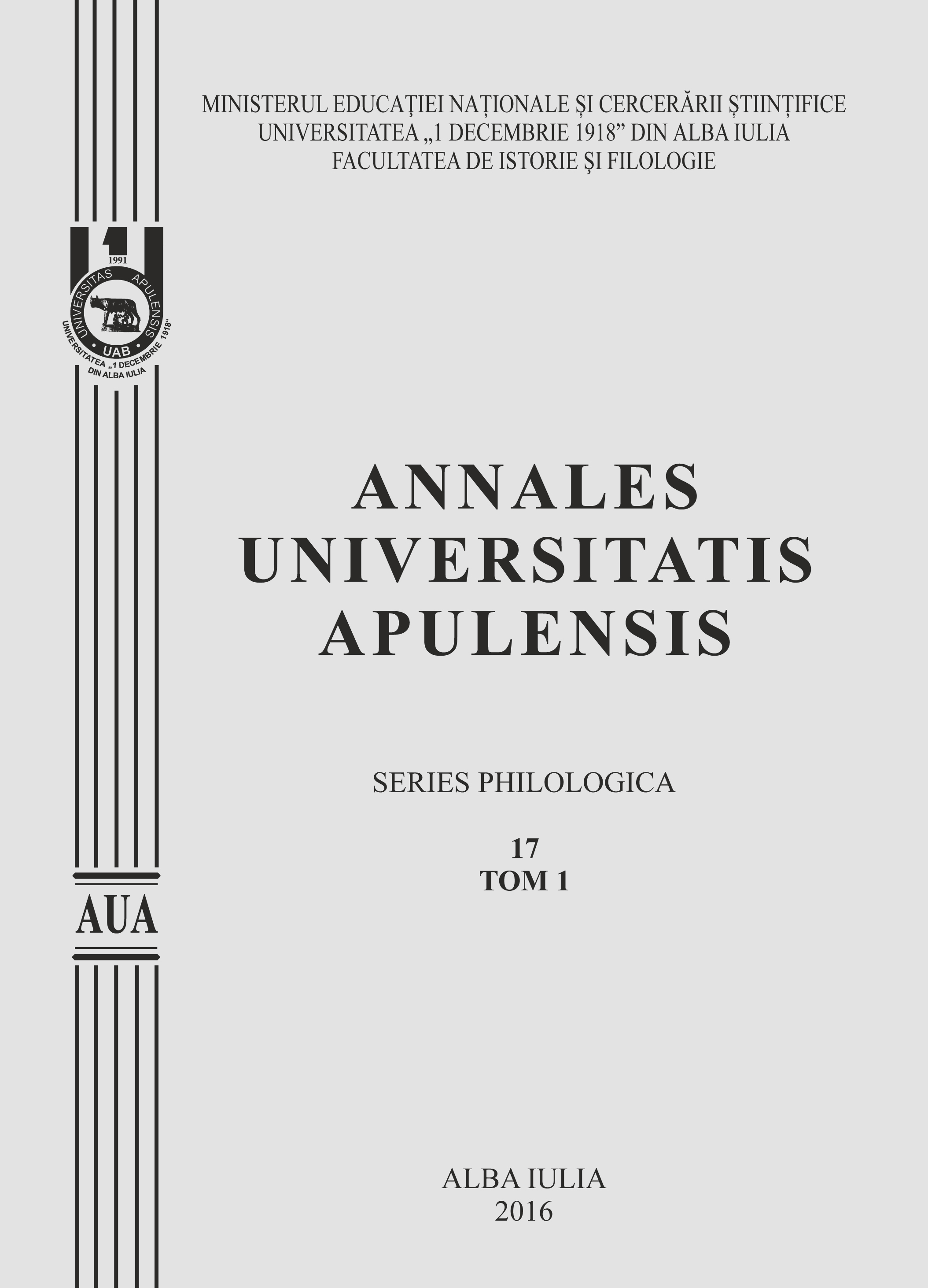Optimizarea comunicării didactice din perspectiva paradigmei centrării pe elev
Optimization of teaching communication from the perspective of the new students-focused teaching paradigm
Author(s): Liana TăușanSubject(s): Social Sciences, Language and Literature Studies
Published by: Universitatea »1 Decembrie 1918« Alba Iulia
Keywords: didactic communication; structural elements of the didactic communication; the paradigm of student centrality; sources of distortion of communication; didactic methods for stimulating communication
Summary/Abstract: The educational process, seen as a relationship of communication, implies the interaction between teacher and students, as well as the transmission of messages between them. The success of the pedagogical act is largely dependent on the success of the act of communication. Didactic communication is an instrumental communication, realized through verbal, nonverbal and paraverbal means, that is directly involved in the support of a systematic educational process. It is a particular form, obligatory in the transmission of certain predetermined contents, specific to a systematic, assisted learning act. From the perspective of a formal education, didactic communication represents the foundation of the teaching-learning process within the institutional framework of the school and between partners with defined status-roles: teachers, pupils/students, etc. Didactic communication is seen today as one of the main resources of the instructive educational process. It falls within the latent contents of the formative process, representing a source of diminution or augmentation of the formal contents. A good teacher must possess not only a solid expertise in his field, but also the ability to transmit information in a logical and convincing manner, in order to ensure the intellectual development of the students and of their interest for knowledge. The sources of the distortion of communication are represented by certain factors, conditions and psychophysiological states that generate misunderstandings, confusions, errors and gaps in the learning process and that distort the didactic message transmitted by the teacher. These sources can act on three levels – on the teacher’s level, on the student’s level, and on the level of the transmission and reception channel of the didactic message – and they can be objectified by: deficiencies in the teaching methodology used by the teacher, manifestations of inattention and tiredness in students, the interference of knowledge and abilities, as well as disruptive factors at the level of the transmission channel of the didactic message. The paradigm of centring the educational process on the student requires a diversification of the learning situations and experiences and the construction of these according to the possibilities and necessities of all categories of students, in order to comply with the principles of: ‘inclusive education’, ‘education for all’ and „integrated education”.A new type of curricular culture is generated and is characterized by: the transformation of the school centred on the teacher into a school centred on the student, through the use of interactive learning methods, a flexible curriculum and an inter- and cross disciplinary approach of the curriculum. This new type of curricular culture is in accordance with the paradigm of adapting the school to the needs and possibilities of the students, ensuring that all the students have the opportunity to have their interests identified and their aptitudes and capacities capitalized to their fullest. The frequent usage within the instructive-educational process of methods and techniques for the development of communication skills – brainstorming, academic controversy, joint enquiry, role play, enhanced lecture, case study – represents a manner of optimising the teacher-student communication, the communication between students, and the academic performances of the students.
Journal: Annales Universitatis Apulensis. Series Philologica
- Issue Year: 17/2016
- Issue No: 1
- Page Range: 430-439
- Page Count: 10
- Language: Romanian

